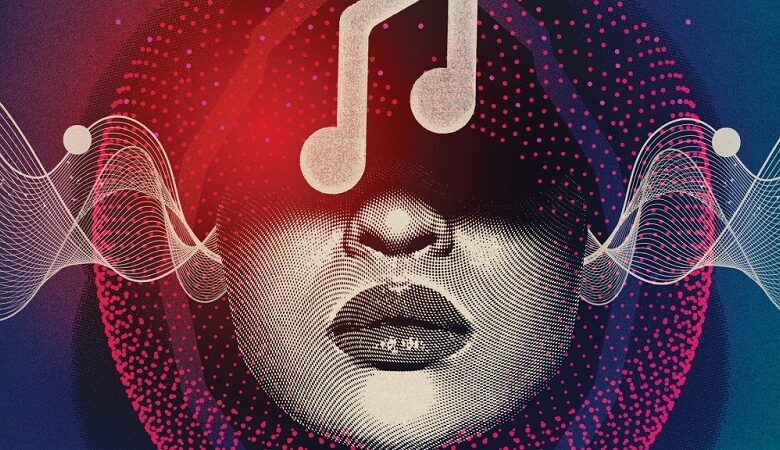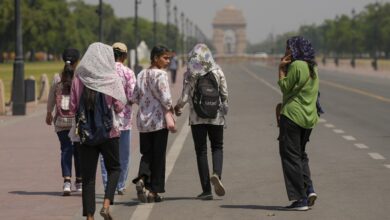Resilience and Creativity: Music’s Response to the Pandemic

By Agnibeena Ghosh
The global outbreak of the novel coronavirus and subsequent lockdown measures had a profound impact on every aspect of life, including the way people engaged with music. Even before the World Health Organization declared the pandemic in March 2020, musicians and music enthusiasts had already begun responding to the crisis through creative expressions and new patterns of music consumption. This article delves into the multifaceted musical responses to the pandemic and explores the diverse ways in which music became a source of comfort, entertainment, and resilience during these challenging times.
One notable trend that emerged during the pandemic was the creation of music specifically centred around COVID-19 and the lockdown. Musicians and amateurs alike produced reworkings of existing songs or composed original pieces that captured the essence of the pandemic experience. These compositions often came with fun and thought-provoking videos, which quickly spread across social media platforms such as YouTube and TikTok under hashtags like #coronasongs, #quarantunes, and #songsofcomfort. Additionally, major symphony orchestras, opera houses, bands, and concert venues turned to digital formats to share recordings and live streams, keeping their connection with their audience alive during a time when live performances were not possible.
Celebrity musicians also played a significant role in providing entertainment and support during the pandemic. Many of them invited fans into their homes for casual performances as part of virtual charity events like “One World: Together at Home” and “One Love Asia Concert.” These events not only showcased the talent of renowned artists but also raised funds for COVID-19 relief efforts. Furthermore, members of the general public also found ways to contribute through music, engaging in daily rituals such as clapping for healthcare workers and singing from balconies to show solidarity and support.
Amidst the challenges faced by choirs and musical ensembles due to disrupted rehearsals, they adapted to the digital era by making music together online. This involved synchronous real-time collaborations or asynchronous creations of split-screen videos, which became emblematic of the “coronamusic” phenomenon. Music education also underwent a transformation, with all forms of teaching moving online, from primary classrooms to graduate-level classical instrumental studios. Some institutions even commissioned home delivery services to ensure students had access to musical instruments during lockdown.
Music therapy, an essential aspect of mental and emotional support during difficult times, also experienced a shift to telehealth approaches. Although technological challenges arose, music was successfully used in hospitals and intensive-care units to help COVID-19 patients feel emotionally connected to their loved ones despite physical distancing requirements.
The media played a significant role in covering these musical initiatives, especially since news consumption increased during the lockdown. However, some reports may have been biased, favouring certain narratives and presenting an overly optimistic view of music’s healing powers. This positivity bias has been suggested as a coping strategy to promote resilience and social cohesion during such challenging times.
Hence it is apparent that the pandemic brought forth an outpouring of musical creativity and adaptability. Music proved to be a powerful tool for expressing emotions, providing comfort, and fostering a sense of togetherness. From virtual concerts to online rehearsals, musicians and music enthusiasts around the world embraced new ways of connecting through their shared love of music. As the world slowly emerges from the pandemic, these musical responses stand as a testament to the resilience and creativity of humanity in the face of adversity.






